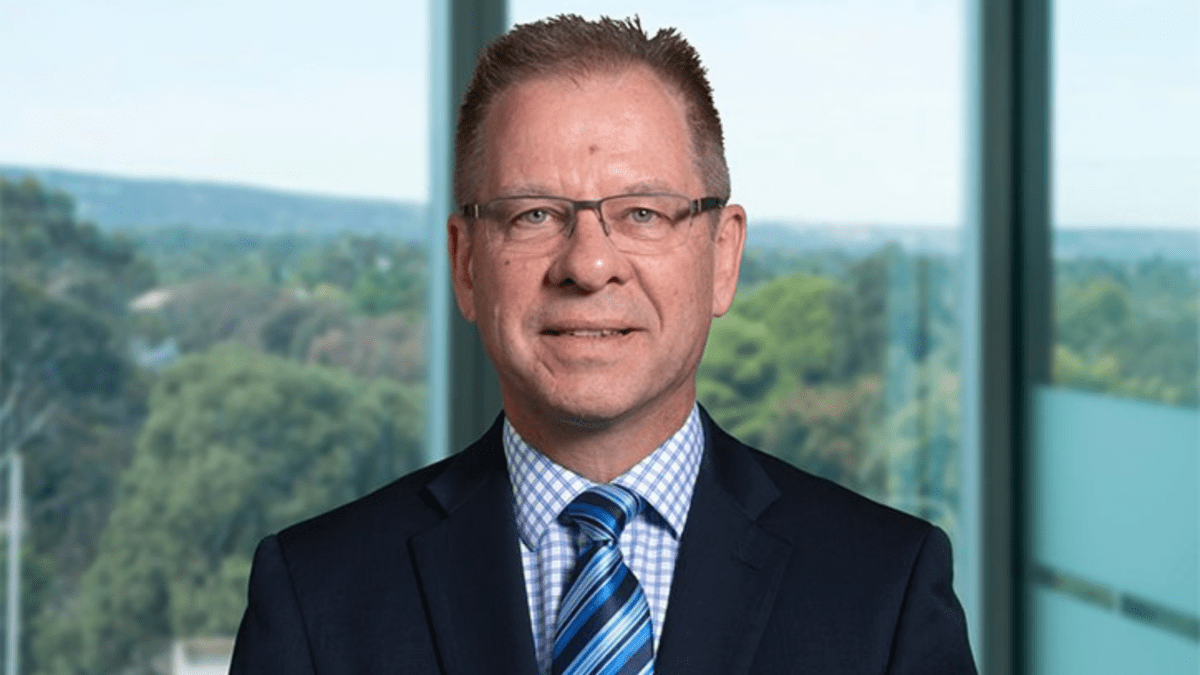Many absolute-return bond managers miss targets, but risk-takers outperform: Research
While absolute-return bond strategies, which target consistent positive returns regardless of market direction, should be attractive in the market upheaval of recent years, Morningstar research shows many managers missing their own targets, with only one achieving negative correlation with equity markets.
Nonetheless, investors with exposure to absolute-return funds would have benefitted from their diversification from traditional fixed-income through 2022 as interest rates rose, a dynamic that will likely continue with elevated inflation, according to the report, “The ambitious world of absolute-return bonds.”
“In the current volatile and rising-interest rate market where traditional fixed-interest investments have become more positively correlated with equities of late, absolute-return bond strategies should be attractive,” Morningstar senior analyst David Little says. “However, recent active returns for these fixed-income managers have been challenged in this environment.”
Mixed performance
According to Little, absolute-return managers generally have three objectives: delivering cash plus returns, providing steady investment income and targeting downside protection.
“Distinct from traditional fixed-income strategies, absolute-return bond managers are less constrained by benchmarks and tend to maintain a structurally lower level of duration risk and sensitivity to interest rate changes,” he says.
Comparing the performances of absolute-return bond strategies of seven fund managers in a heatmap, the report finds PM Capital managed the only fund that met its cash-plus return objective (see chart). Meanwhile, T. Rowe Price’s achievement of negative correlation was notable given equity and bond markets became positively correlated in 2022, challenging fixed income’s traditional role as a diversifier.

“PM Capital is an opportunistic credit-oriented manager that had good preparedness to take advantage of valuation opportunities arising from the coronavirus pandemic.”
And while the T. Rowe Price Global Dynamic Bond fund received an amber rating – reflecting objectives that have been nearly or not consistently met – for its longer-term performance versus objectives, “the manager has performed commendably in terms of its interest duration management over the short-to-medium term and is the only manager among the contingent to have exhibited a negative equity correlation with equity markets,” Little says.
“T. Rowe Price is one of the heaviest users of interest-rate risk through duration management and country-relative value trades, which over time tends to be more challenging to consistently deliver alpha for risk relative to credit income investing. However, T. Row Price’s differentiated style means that it remains an attractive diversifier, particularly with the local rated-manager universe dominated by short-duration credit income managers.”
Risk-averse strategies struggled
Managers found to have struggled to meet their return objectives generally used more conservative strategies and were less willing to “dial up credit risk” prior to the pandemic or “strongly capitalise on valuation opportunities” afterward, Little says.
“Investment managers seeking to deliver higher levels of alpha generally need to assume a greater level of investment risk when taking on views on the direction of investment markets as well as idiosyncratic risks from security selection, which naturally increases the likelihood of capital drawdowns,” he says. “As a result, these managers have not had the return buffer to compensate for 2022’s widening in credit spreads or increase in bond yields.”
As for downside risk, very few managers were prepared to short interest-rate or credit duration given the impact on running yield, the report finds, although it excepts T. Rowe Price from that list.
Managers also largely failed to meet their targets around stable income distribution, Little says, noting the underperformance of fixed-income markets has led to a “shrinkage of income distributions” and, as credit markets turned negative in 2022, to distribution failures.
Defensive diversification
In assessing whether absolute-return bond strategies still offer value for money, Little points out that the relative underperformance in the report’s heatmap reflects the impact of “one of the largest bond selloffs in recent memory following the sharp rise in inflation and bond yields during 2022”, although that trend eased modestly in the first quarter of this year.
Despite the missed objectives, “multisector investors with exposure to these funds in lieu of traditional fixed income would have benefitted from their diversification in 2022’s rising-interest-rate environment,” he says, adding that the diversification benefit is likely to continue while inflation remains high.
“While not immune from modest negative returns, these strategies should still provide greater defensive diversification when interest rates are rising, as we saw in 2022. Given the increased skill-driven nature of absolute-return bond manager returns, diversification across suitable highly rated funds and manager styles should help to increase portfolio balances over time.”








